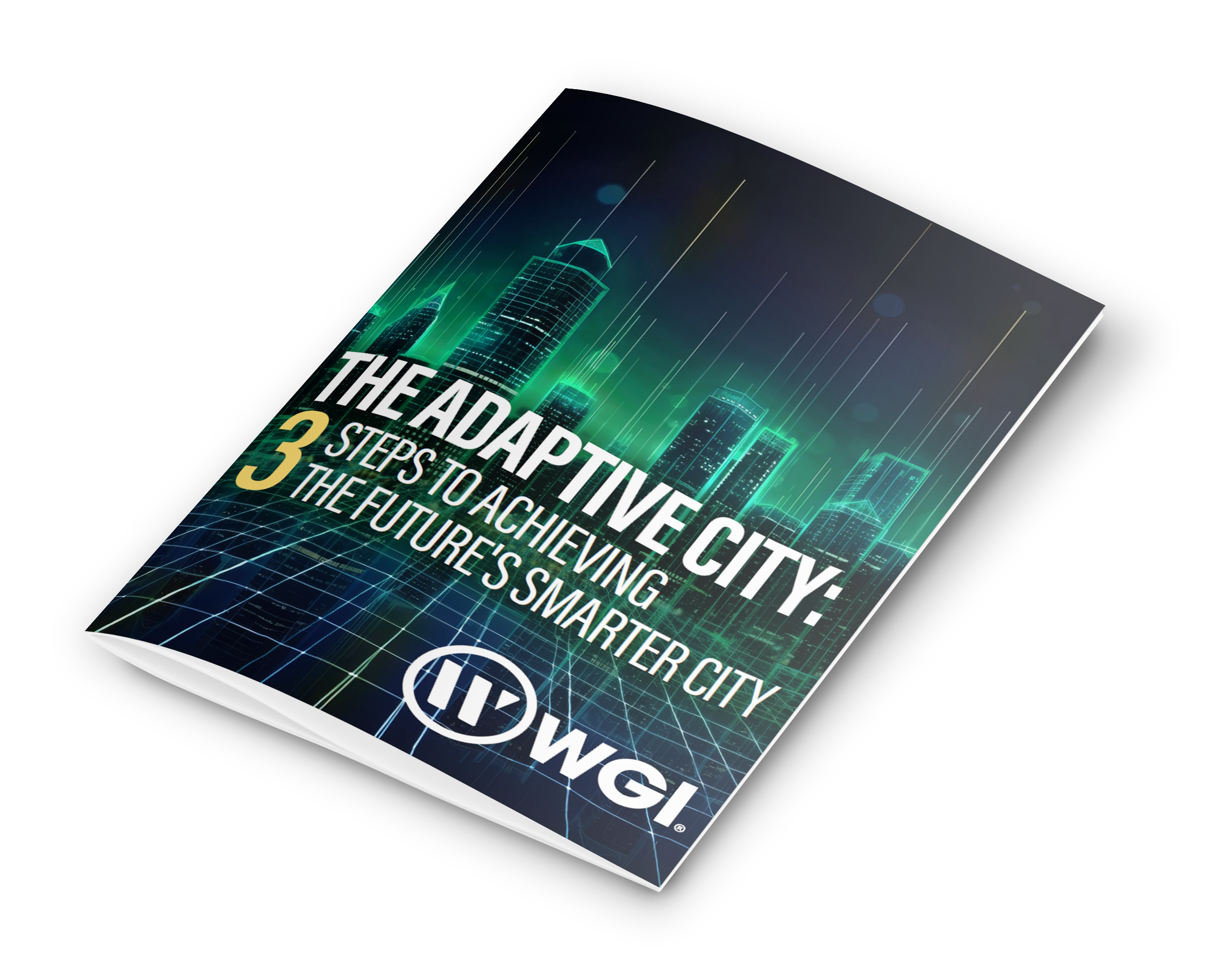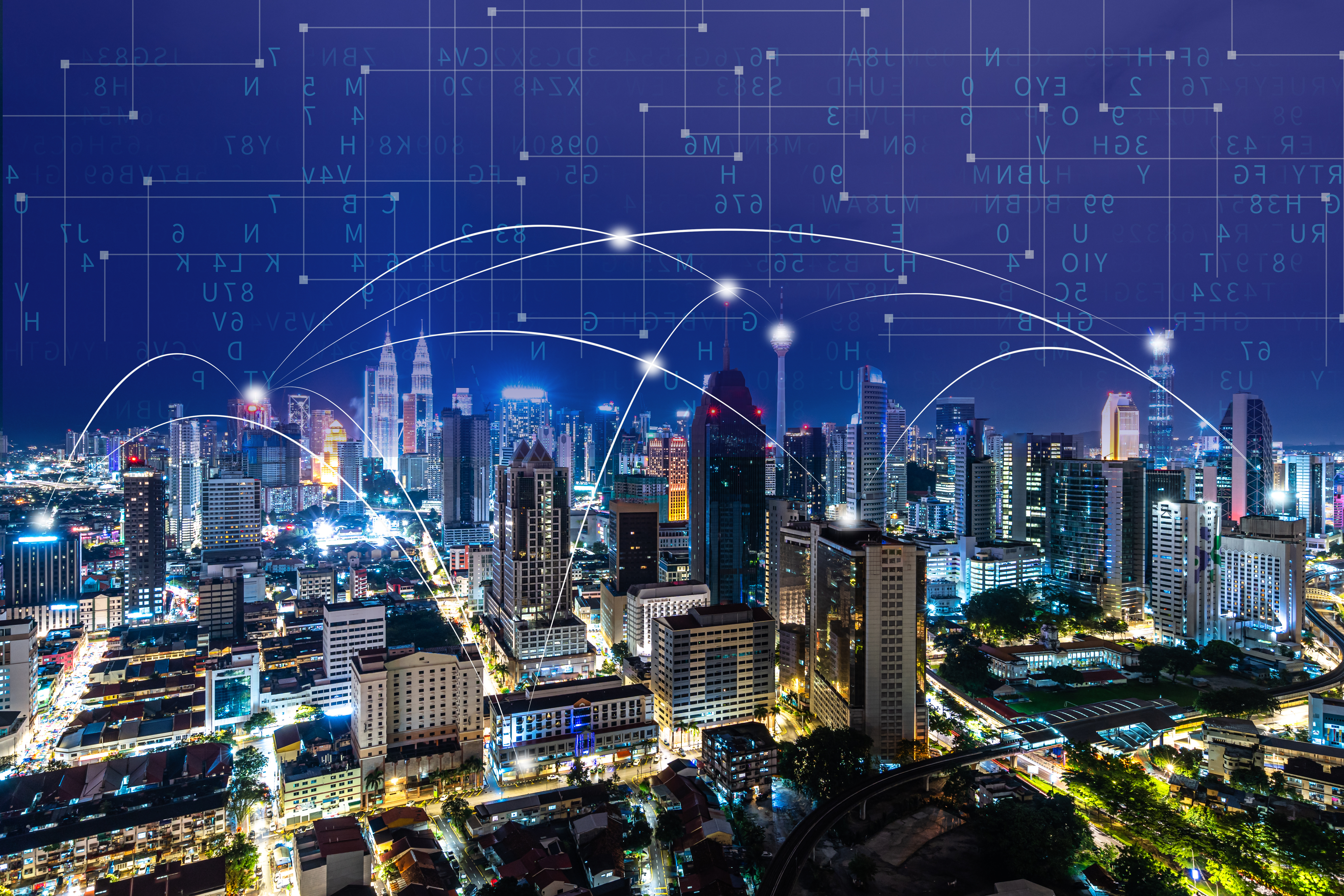The Adaptive City
3 Steps to Achieving the Future's Smarter City
Cities are the most intricate human-designed systems on Earth. Currently, 83% of Americans live in urban areas, and this number is expected to rise to 89% by 2050. This shift will continue to increase pressure for cities to fully adopt and successfully undergo a digital transformation that enables their infrastructure to be more sustainable, resilient, and adaptive.
After all, cities are complex innovative systems, and the key to their future lies in utilizing both digital and physical tools for adaptation and growth.


Fast-Paced & Full of Disruption
To thrive in an ever-changing landscape, the smart cities of the future must evolve into adaptive cities that are capable of dynamically responding to continuous change on a whim. No longer can cities rely on steady-state conditions. Cities that are capable of effectively navigating an unpredictable future will all share a common infrastructure trait: agility.
An Adaptive City emulates a well-oiled machine that operates with predefined conditions that enable it to maximize benefits for citizens without constant reinvention or disruption. But being adaptive goes beyond just surviving.
A truly Adaptive City considers the balance between lives and livelihoods, and resilience and sustainability. It takes into account the ever-changing external factors - political, economic, social, technological, legal, and environmental - and responds accordingly.
What's Inside
While the Smart City concept is pivotal, it alone falls short.
Download our whitepaper and uncover the three steps that are critical factors in determining the success or failure of future Smart and Adaptive Cities. Learn the importance of adaptability and intrinsic agility and the crucial role these elements play in the infrastructure elements that make up a successful Adaptive City.
Stay ahead of the curve and unlock the potential of tomorrow's urban landscapes.